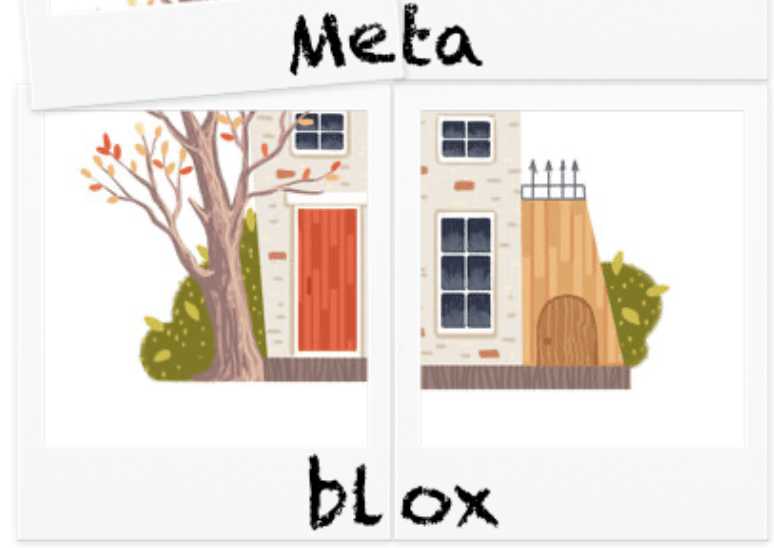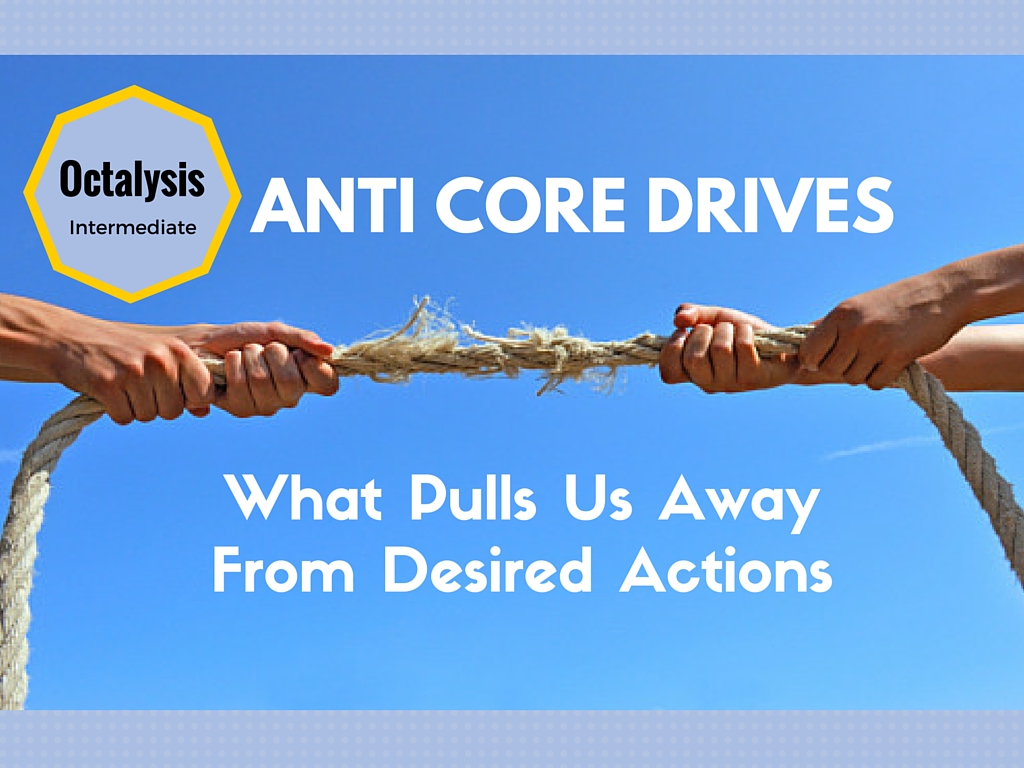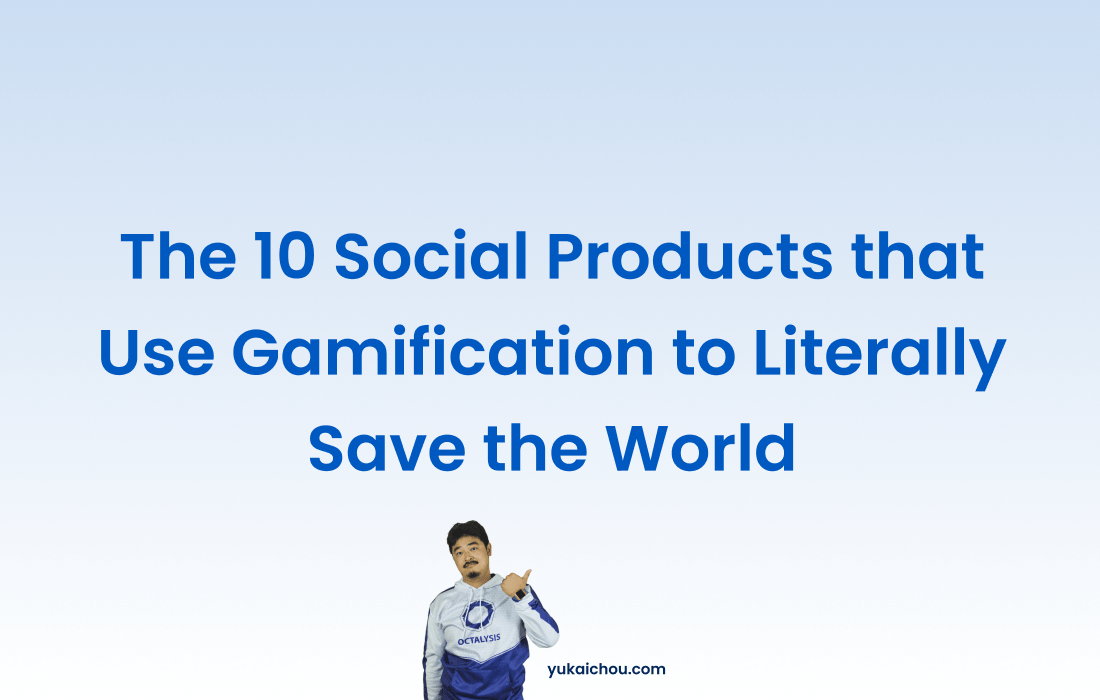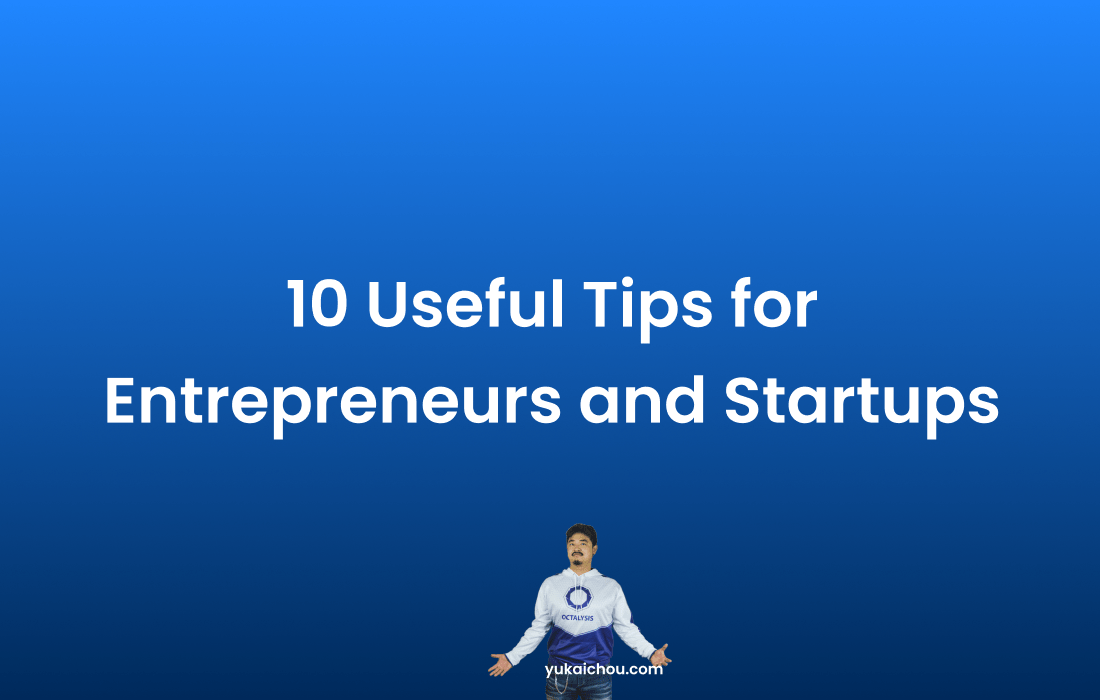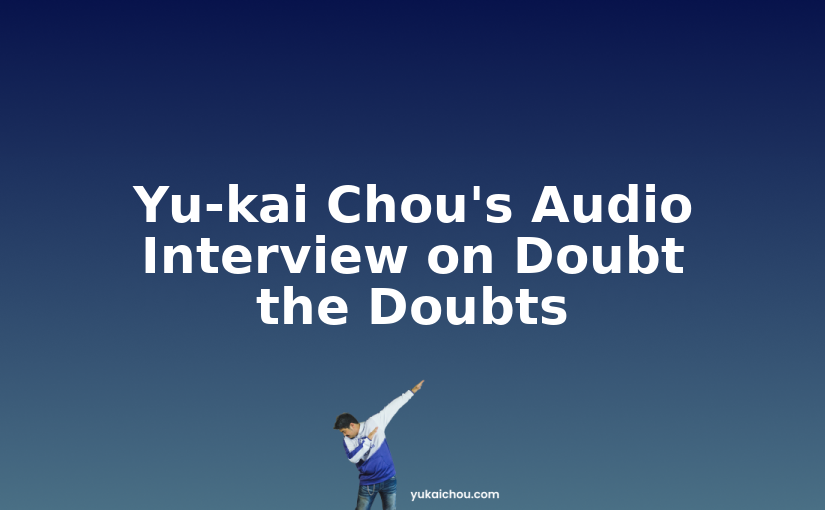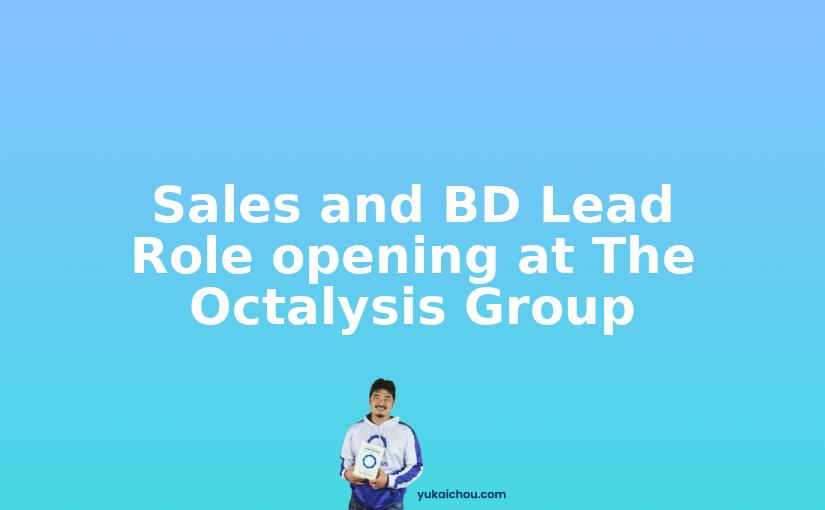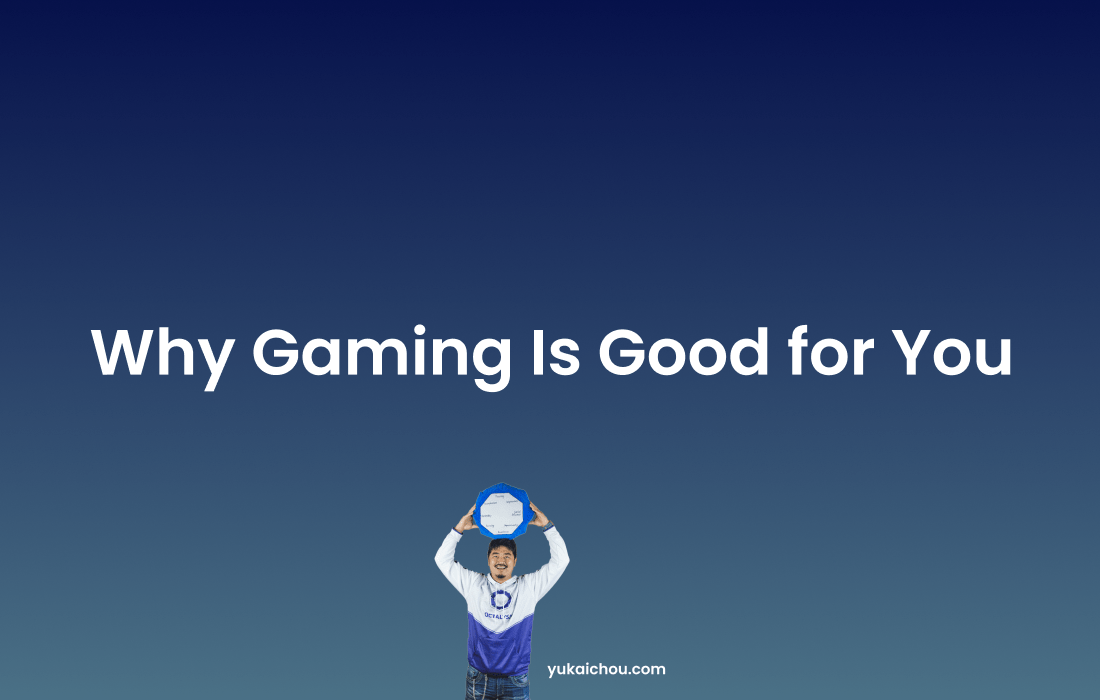Below is Part IV from our Metablox Whitepaper 2.0, which includes our Technology, Team, Plans to Give Back, and Patch Notes on how we are changing over time. Part I on the Vision can be found here. Soon we will be updating the Whitepaper to 3.0, so stay tuned on that!
Also, join the Metablox.co Discord to be part of our Journey!
Technology
 Why Ethereum
Why Ethereum
Ethereum has established itself as one of the main blockchain platforms used by developers to build new decentralized applications with smart contracts.
We have chosen Ethereum because of its proliferation across the ecosystems of DApps, NFT projects, and DAOs. Ethereum is here to stay.
We will create tokens with the ERC20 standard and establish ownership with ERC1155.
Why Polygon
Ethereum has become notorious for high gas fees. Because we don’t want high gas fees to become a barrier for owning Metablox NFTs, we have chosen the Layer 2 solution of Ethereum that has lower gas fees and fast transaction times.
Can I take the Metablox NFT to other platforms, such as Open Sea?
Yes, absolutely. Once you receive the Metablox NFT in your wallet, you own the NFT and can trade the token on any platform that supports Polygon, such as Open Sea.
Are memories added to the blockchain?
We will use IPFS to upload memories without any storage fees (gas fees will still be incurred).
Memories will be connected to your NFT property.
When I sell my NFT, do my memories get sold along with them?
Yes, memories are tied to the NFT.
If I added my NFT art to my Blox, does it get sold along with my Blox?
No, other NFTs (such as art) that you add to your Blox will not be sold along with it. Even if you sell your Blox, your artwork (and other NFTs) will remain in your wallet.
Can I trade MetaRent in Binance or FTX?
No, MetaRent is not an ERC20 token. MetaRent exclusively exists within Metablox.
About
x????♂️ The team
| Jun LoayzaBeastmaster ???? TwitterMediumLinkedIn | |
| Jun is a Product Manager at Google/YouTube, where he launched and scaled a product to over $100 million a year in revenue. Previously, Jun led products at Gliffy, leading the company to a successful exit over nine digits. Jun was also the Chief Growth Officer and Head of Product for Bunny Inc., where he grew revenue from $1 Million to $5 Million in two years. Prior to Bunny Inc, Jun founded and led a variety of companies, including Lucid Label and Untemplater, which were both acquired. He has also worked with Yu-kai Chou on a variety of gamification and virtual world startups since 2007. On the side, Jun runs a parenting podcast for fathers to help parents raise the next generation of builders and makers. He also launched a children’s storybook: How Many Stars are in the Sky? Jun is fully passionate about preserving meaningful memories for future generations. | |
| Yu-kai ChouHead of Experience TwitterBlogLinkedInWikipedia | |
| Yu-kai is the original creator of the Octalysis Framework for Gamification and Behavioral Design and is Author of the book Actionable Gamification: Beyond Points, Badges, and Leaderboards. Yu-kai is the Founding Partner and Chief Creation Officer of The Octalysis Group as well as CEO for Octalysis Prime. He is a regular speaker/consultant to organizations such as Stanford/Yale/Oxford University, Google, IDEO, Tesla, Uber, BCG, LEGO etc. His work has impacted over a Billion unique users. Previously, Yu-kai was the Chief Experience Officer of Decentral, working with Ethereum Cofounder Anthony Di Iorio. Yu-kai was also Head of Creative Labs & Digital Commerce for HTC VIVE, pioneering the future of AR/VR. Yu-kai started researching into gamification since 2003, started his first virtual world startup in 2005, and was rated #1 Gamification Guru in the world multiple times by the Gamification World Congress in Europe. Yu-kai is deeply passionate about building meaningful building blocks for the Metaverse because it is an exciting blend of all Yu-kai’s past endeavors: Gamification/VR/AR/Blockchain/Cryptocurrency/Virtual Worlds. | |
| Kevin HuangHead of Technology ???? TwitterFacebookLinkedinMedium(Mandarin) | |
| Kevin is a software engineer at Chou Force International, where he focuses on not only programming but also performance tuning and operations. Kuan-Jung was one of the youngest pioneers in both Gamification and Project Management in Taiwan, starting his work in the software industry in 2015 when he was at age 19. Previously, Kevin worked on Blockchain solutions for banks and institutions in the financial sector. Kuan-Jung is deeply passionate about using his own technologies and skills to contribute on this meaningful product that is full of CD1: epic meaning and calling with his skills: Software Engineering/Information Security/Project Management/Blockchain, and of course he got the Gamification of Martial arts secrets from Yu-Kai. |
✊ Giving back
We aspire to live in a world where not only are the most important memories preserved, but the people creating these memories can afford to live in their homes and communities.
It’s no secret that essential workers and city-natives struggle to live in expensive cities such as San Francisco, New York, and Los Angeles to name a few.
For this reason, Metablox wants towill give back in order to help people stay in their homes and communities.
How we will give back
In each city that we launch, we will invest towards improving affordable housing. How much we invest and when we invest will be determined at a later date.
If you’re not adding the details, then why even add this section?
We believe giving back is important, which is why we’re documenting it in our White Paper. However, before we can give back, we need to make sure we’ve found product market fit and have established cash flow and profits to continue growing Metablox.
—
Thank you for joining us on this journey. Come say hi to us on our Discord or on Twitter: Jun and Yu-kai.
Patches
Patch 2.0 (2022-01-09)
This Patch we list as 2.0 instead of 1.X because there are quite a lot of changes to the fundamental Game Loop, especially where it pertains to leveling and Metablox Coins. Below we describe the changes and the reasoning of these additions.
1. Changed Blox Leveling from strictly labor-driven memory uploading to a performance-driven system based on other Wallet Holders giving Memory Marks
Previously, in order to level up a Blox, one simply needed to Root Memories. However, we relied on the self-policing function of encouraging owners to Root good Memories, as the NFT value will be affected if the Memories Rooted are irrelevant. However, leveling up a Blox is still Labor-Driven, not Performance Driven.
The new update attaches Memory Marks to the Leveling process, meaning that a Blox not only needs to have Memories Rooted, but it also needs to have other wallet holders on Metablox tag it as a meaningful memory (Inspiring, Heartwarming, Hilarious, Solemn).
2. Introduced Memory Mark rules including the Bandwagon Streak and the ability to generate MetaRent by tagging Memory Marks
Since Memory Marks are now critical to the Metablox economy, we wanted a way to:
- Incentivize people to mark memories of other Blox, while
- Prevent/discourage abuse of the system for gains.
For incentives, whenever someone Memory Marks a memory, they can obtain a small amount of MetaRent. Since Memory Marks per day are limited by how many Blox one owns, if a wallet does not hold any Blox, they can only take advantage of this once per day. If they have committed to the Metablox economy and own ten Blox, then each day they can go and Memory Mark eleven Memories, obtaining the appropriate MetaRent.
However, how do we make Memory Marking also Performance Driven and prevent people from randomly click things quickly? This is where the Tier 7 Game Design Technique: Bandwagon Streak (#95) comes in place.
Instead of getting MetaRent whenever they mark a memory, they will obtain MetaRent if someone else marks the memory in the same way within 30 days, up to 10 MetaRent per mark.
This means that if a user marks a memory as inspiring, and in 30 days no one else marks it as inspiring, there is no MetaRent gain. But if more than ten others also mark it as inspiring, then a max of 10 MetaRent is created by this.
In essence, the way to maximize one’s MetaRent from Memory Marks is to find the most Inspiring/Heartwarming/Hilarious/Solemn memories, tag it appropriately, and then inform and encourage the community to do the same.
While it is possible for owners to coordinate and mark memories inappropriately together, the same effort would reap more benefits if their marks actually hold integrity so they can all benefit from the rest of the Metablox Neighbors’ markings.
3. Introduced Metablox Coin
One major update of Patch 2.0 is the introduction of the Metablox Coin.
Metablox Coins are earned slowly whenever a Blox is leveled up or becomes a Completed Blox. This means the total amount of Metablox Coins that can be earned from a Blox is capped. Landmarks and Mechablox can continuously earn Metablox Coins indefinitely, but also at a slow controlled pacing
4. Introduced the concepts of Perfect Blox and Mechablox
With the creation of Metablox Coins and it’s mechanism of generating Metablox Coins when it levels up, we needed to tackle the issue of the final level for a Blox seems to be the least valuable, at least from a Metablox Coin generation standpoint.
As a result, we introduced the Perfect Blox, which is when a Blox reaches the final level and a huge boost to all other stats such as Memory Slots, MetaRent Generation, and NFT Shelf. However, it still is unable to earn any Metablox Coins.
Thus the MechaBlox is introduced. A Mechablox is the combination of five Perfect Blox within the same Tier and same City. A Mechablox will retain the tiers of its component Blox, and generally behave like a Landmark, burning MetaRent while earning Metablox Coins consistently.
As Perfect Blox itself will be rare in the first year of a city, a Mechablox will be extremely extremely rare. However, those who have Perfect Blox will likely be able to sell it to other Perfect Blox holders who have the ambition of creating a MechaBlox.
5. Updated Blox Bonus to Neighborhood Bonus and defined the rules/scaling
Previously when each NFT is a roof-top instead of a whole block, there was the Blox Bonus which rewarded blocks that have more owners of that block. Since now each NFT is its own block, we have expanded the same bonus to be for an entire community that will be defined when each city is released. Areas like the Presidio in San Francisco will be its own community eligible for its Neighborhood Bonus.
Communities with more memory-infused Blox within will receive a Neighborhood Bonus, increasing the amount of MetaRent collected. If 5% of a community is owned by people who root at least one memory in each Blox, then the whole community Blox will generate 5% more MetaRent each day.
If 95% of a community is owned by people who root at least one memory in each Blox, then the whole community Blox will generate 95% more MetaRent each day.
Upon reaching 100%, the Neighborhood Bonus will jump to 150%, rewarding communities that are fully owned with owners contributing their share of memories to it.
This will incentivize Blox owners to invite their friends to purchase Blox in the same community, or perhaps concentrate on owning properties in the same neighborhood. It also rewards the Museum Curator player type in Metablox.
Patch 1.0 (2021-12-12)
1. Change from addresses to Blox (Blocks)
Our mission is to preserve humanity’s most important memories. We believe the place where the memory happens is incredibly important, which is why Metablox centers around owning a place in the metaverse so that you can add your memories forever to the blockchain.
Initially, the place in Metablox was defined by an address. For example, 2011 California Street in Mountain View means a lot to Yu-kai and Jun because it was the startup house for RewardMe — lots of amazing memories live there.
However, after receiving feedback from the Discord community and further analysis of the economics behind place-ownership in Metablox, we have decided to change ownership from address to Blox (represented by blocks).
Example of blocks in San Francisco
Implications:
- The available inventory in San Francisco reduces from >300,000 addresses to ~5,000 Blox
- Early adopters and Challenge Winners are greatly rewarded because they own a bigger piece of the pie
Why the change: There are several factors that played into this change.
1. Memories aren’t siloed into a specific address
Neighbors have shared many memories in the #memories channel on Discord. From those memories, we’ve learned that the majority of their most important memories don’t actually happen inside of their home; instead, they happen while traveling or in the general community of where they live (school, church, parks, events, recreational activities).
Just check out this amazing memory from Taz2:
Date: November 3rd – 2008
Location: UnB – Arena Theater -> “Teatro de Arena da UnB, UnB – Brasília, DF, 70297-400” on google maps – Brasília – DF – Brazil
This was the day I was accepted at UnB, one of the most prestigious colleges in South America.
Out of thousands I got one of the few dozen spots to course and start my chosen career. At this time, I had been growing my hair for more than a year, promising to cut it when, and only when, I passed the test to enter it. And I did, those are a dear friend of mine and a teacher helping me make true to my promise.
That is a treasured memory of mine for many factors, but the main one is that I never finished that course, I stopped attending that college, I change my whole life from then to now, not the same area of study nor area of work, and still, that is such a sweet memory, that if I really want something, I can get it by putting effort into it.
That memory is so amazing, and yet, it doesn’t belong in a specific address, it belongs to the community of where it happened.
2. Emphasis on being a part of a community as opposed to squatting an address
By changing the focus from an address to a Blox, we emphasize that the owner is part of a larger community — a larger community of neighbors and memories.
This expands the use cases for Metablox in two important ways:
- People that don’t live in a city have an easier way of buying in: instead of trying to figure out which specific address to buy (an overwhelming task for non residents as we’ve seen on the Discord), they can buy a Blox in a neighborhood that resonates with them.
- Easier to get memories through Bounties: instead of being limited to getting memories to a specific address, you expand your pool of potential memories by collecting those that happened in the community.
3. Improved economics through scarcity
There are >300,000 addresses in San Francisco alone. If we scale this out to cities all over the world, our inventory increases to the tens of millions.
Inventory this high has several major disadvantages:
- The metaverse could be a ghost town of unbought addresses
- Owners of addresses won’t see their assets appreciate in value unless a large percentage of the inventory is bought
By changing to Blox, we cut the available inventory to ~5,000, which has tremendous benefits to our Neighbors:
- Early adopters get rewarded because now they have a larger piece of the pie
- Less inventory means that it’s more likely that the majority of the inventory is owned
- Owners of addresses are more likely to gain from asset appreciation as available inventory decreases
2. Change from 100% increase in mint price to 50% increase
The founding principle of Metablox is solid growth and lasting value. Instead of creating an exuberant dynamic where the inventory of a city sells out quickly, we aim to optimize towards organic growth over an extended period of time.
To that end, we want to make buying a Blox owned by someone else more attractive than a newly minted one. This would ensure that Blox owners have steady rising values for their NFTs as floor prices increase while community interest in Metablox remains healthy.
To accomplish this, we originally set the mint price to double after each 10% phase that a city is sold. After community feedback was considered and careful economic analysis, we have changed the mint price increase from 100% to 50%.
| Previous (100% increase) | Tier 1 | Tier 5 |
| Phase 1 | $100 | $500 |
| Phase 5 | $1,600 | $8,000 |
| Phase 10 | $51,200 | $256,000 |
| New (50% increase) | Tier 1 | Tier 5 |
| Phase 1 | $100 | $500 |
| Phase 5 | $506 | $2,531 |
| Phase 10 | $3,844 | $19,222 |
As you can see, the decrease from 100% to 50% increase in Mint price makes a huge difference.
In the previous version, although I’m sure a Tier 5 owner would appreciate a floor price of $256,000, the stark price increase makes the Blox incredibly inaccessible.
We believe this change hits the important balance between value appreciation and accessibility of ownership.
3. Change from a max of 100 Neighbors in a Collective to 25
Collectives need to have the right amount of incentives and checks and balances.
Allow an infinite amount of Neighbors into a Collective and it could get out of hand. People stop participating because they don’t feel ownership or recognized in the Collective — they’re just 1 person among hundreds.
Allow too few Neighbors in a Collective and it loses its power to unite a large group of people towards a unified goal.
With the change to ~5,000 Blox of inventory, we will decrease the max number of Neighbors in a Collective from 100 to 25.
Why 25: Our experience and research in games has found that 25 users in a Guild is the maximum point where users still feel connected and accountable to each other. Anymore, and you lose that connectivity amongst the group.
4. Landmarks are not fractionalized when bought via a Collective
Previously, we stated that Neighbor Collectives could bid together to buy a Landmark. If they won, the Neighbor would own a fraction of the Landmark, based on the % of their contribution to the winning bid.
We have made an important update to how Collectives work: When a Collective wins a bid, the Collective owns the Landmark (it is stored in the wallet of the Collective). The Neighbors in that Collective can vote to make a decision about what to do with the Landmark.
Landmarks are not fractionalized.
5. Blox tier will be determined by the proximity to Landmarks
Previously, the Address Tier was determined by the home value (based on Zillow or Redfin).
Because Neighbors buy Blox instead of addresses, we are making a significant change to how a Blox is tiered. The Blox Tier is based on the following factors:
- Proximity to a Landmark
- Number of Landmarks that the Blox is near
- The Score of the Landmark


